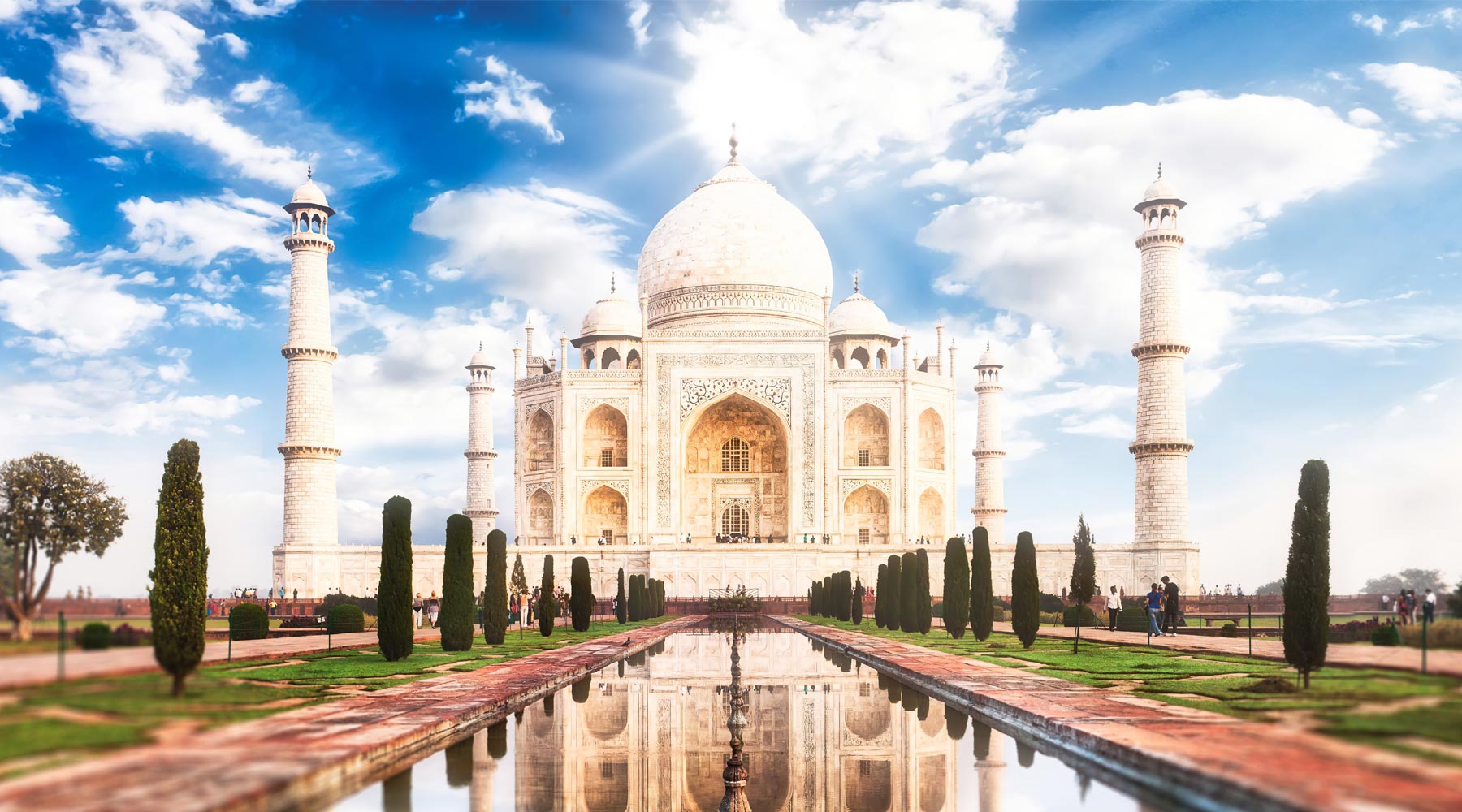As the seventh-largest country in the world, India stretches from the high Himalayas to the tropical green areas of Kerala and from the Ganges to the sands of the Tahar Desert. India is a country of more than one billion people divided into two thousand ethnicities who speak more than 200 different languages. Here, we will help you discover India, its top cities, and the most important tourist attractions of the country!
Day 1 to 3 in Delhi and New Delhi
India’s capital, Delhi, is a massive metropolitan area in the north of the country, and Old Delhi, is a neighborhood that goes back to the 1600s. Both have many locations that appeal to all sorts of visitors and to have a glimpse of what India has to offer and discover its history; you would have at least three days in Delhi. The five-star Metropolitan Hotel and Spa is where you want to stay at that time. This hotel is a 9-minute walk from the Gurudwara Bangla Sahib house of worship, within a 15-minute walk from 5 bus stops, and 2 km from the metro station with luxurious rooms and any type of accommodations you would need.
The Red Fort
On the first day, you can visit the Red Fort, a crescent-shaped castle in New Delhi, built by Shah Jahan in 1648, and its name comes from the red sandstone used in its construction. The Red Fort is more than two square kilometers in size and a large moat is surrounded by a large moat, which is elaborate and was previously used by the emperor for ceremonial ceremonies. Castle tours will give you a fascinating view of the King’s life and time, as well as a spectacular visit to the White Marble Hall where the emperor saw his people. But you can also visit the castle yourself. In the evenings, sound and light shows are held to show the significant events in the history of The Red Fort, so you do not want to miss them.
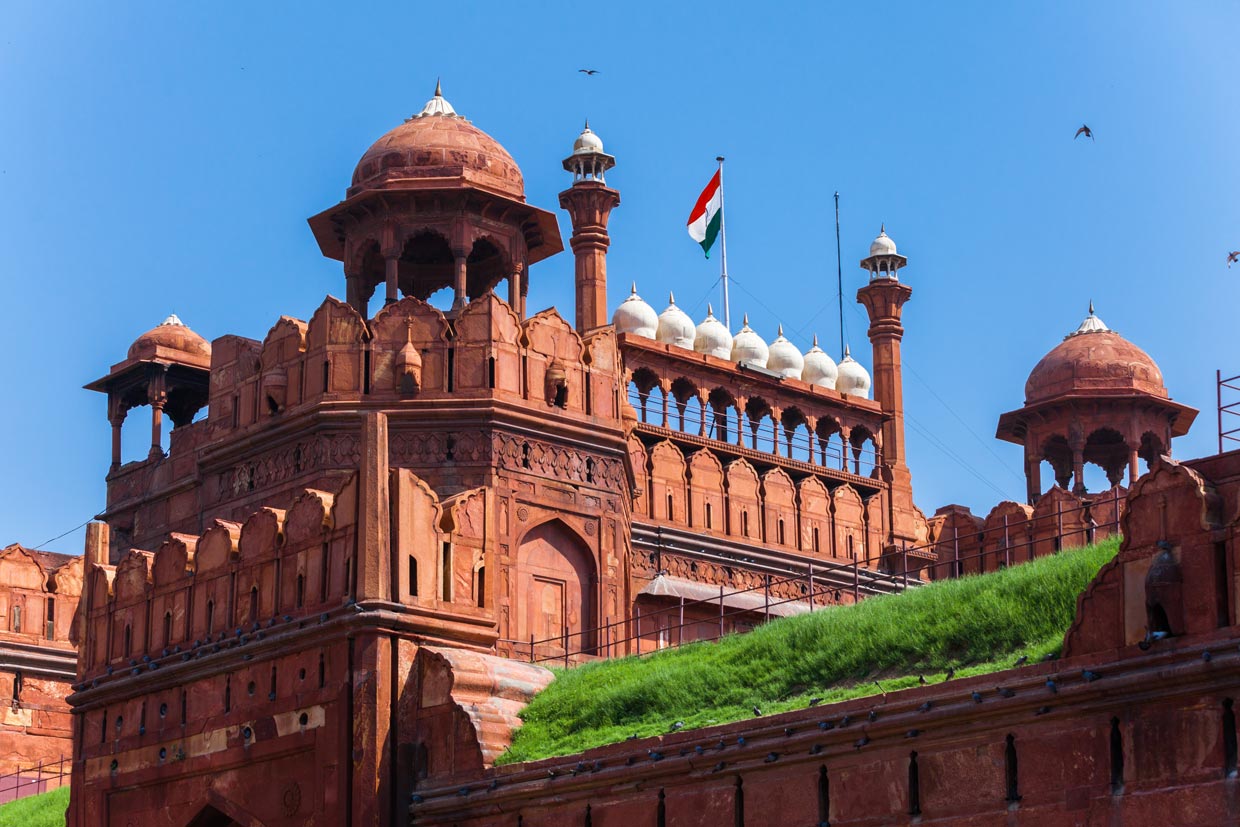
Gurudwara Bangla Sahib and Humayun’s tomb
On day 2, visiting Gurudwara Bangla Sahib, also known as Gurdwara Bangla Sahib, is a must. This place is the most important Sikh shrine in Delhi and dates back to the 18th century. Among the most prominent features of this holy place are the magnificent pool, the golden dome, and the flagpole. Also, the Temple Art Gallery is another part of this collection.
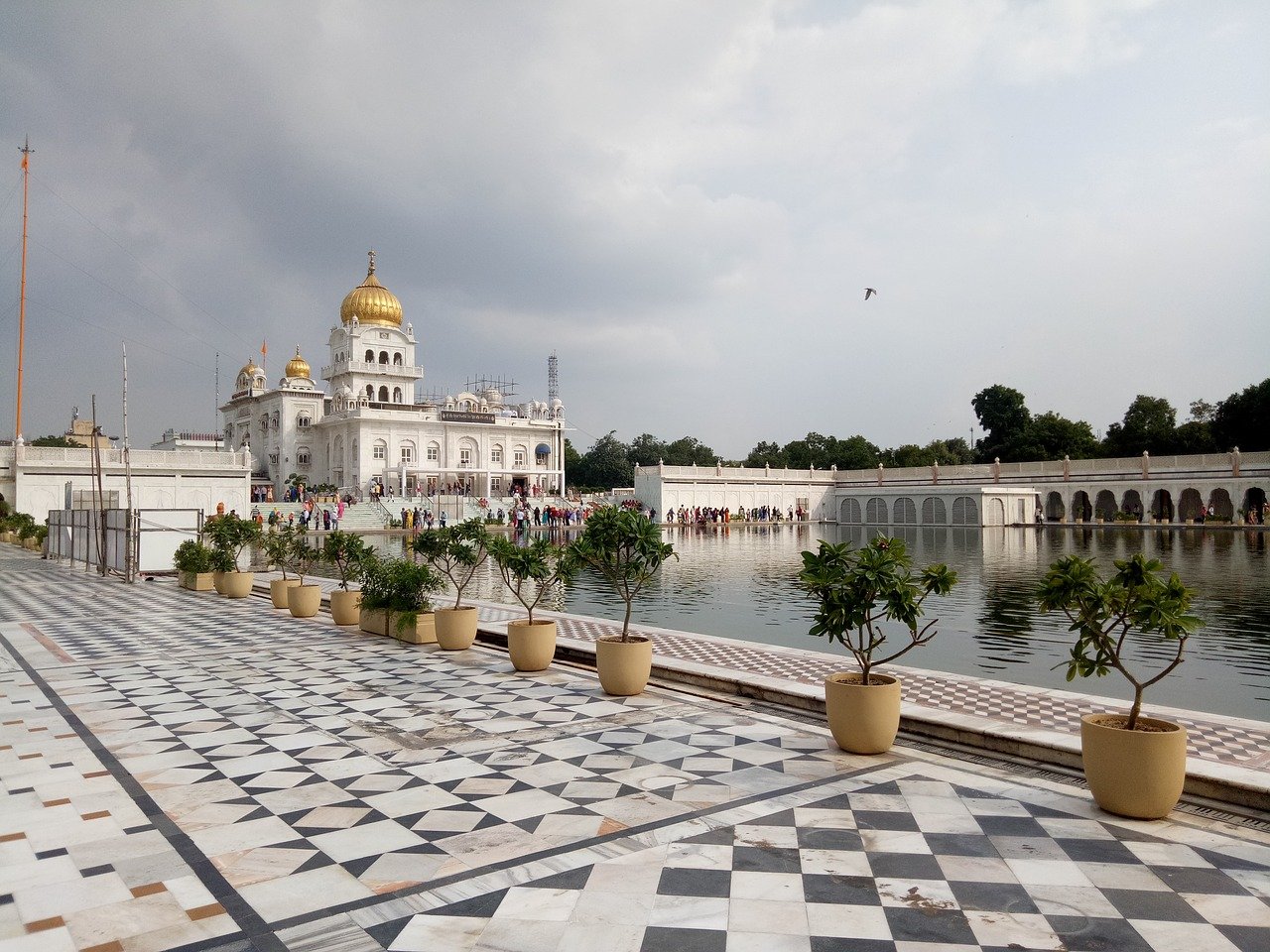
While at it, on your second day in Delhi, you can visit Homayoun’s tomb, which is the last home of the great Mongol emperor, Homayoun. This mausoleum was built in the 16th century, and in its construction, we can see a combination of Iranian, Indian, and Mongolian architectural elements visible in a large red building. Later, he was inspired to build a masterpiece such as the Taj Mahal, and for many, this tomb is more magnificent than the Taj Mahal. You can see this beautiful collection every day from 6 am to 6 pm.
Chandani Chowk
On your third and last day in Delhi, Chandani Chowk Market is one of the most famous and oldest markets to visit. This crowded and colorful market is full of different sections that offer a variety of products. Katra Nile Bazaar has many fabrics such as; silk, satin, crepe, yarn, and muslin chit. Bagrat Palace is the largest electronics market in Asia and also offers a variety of medical devices. Spice enthusiasts should also visit the Baoli labor market. Numerous stalls in Chandni Chowk offer delicious street and street food, and there are many restaurants and cafes in the area. The closest metro station to this market is Chandni Chowk station.
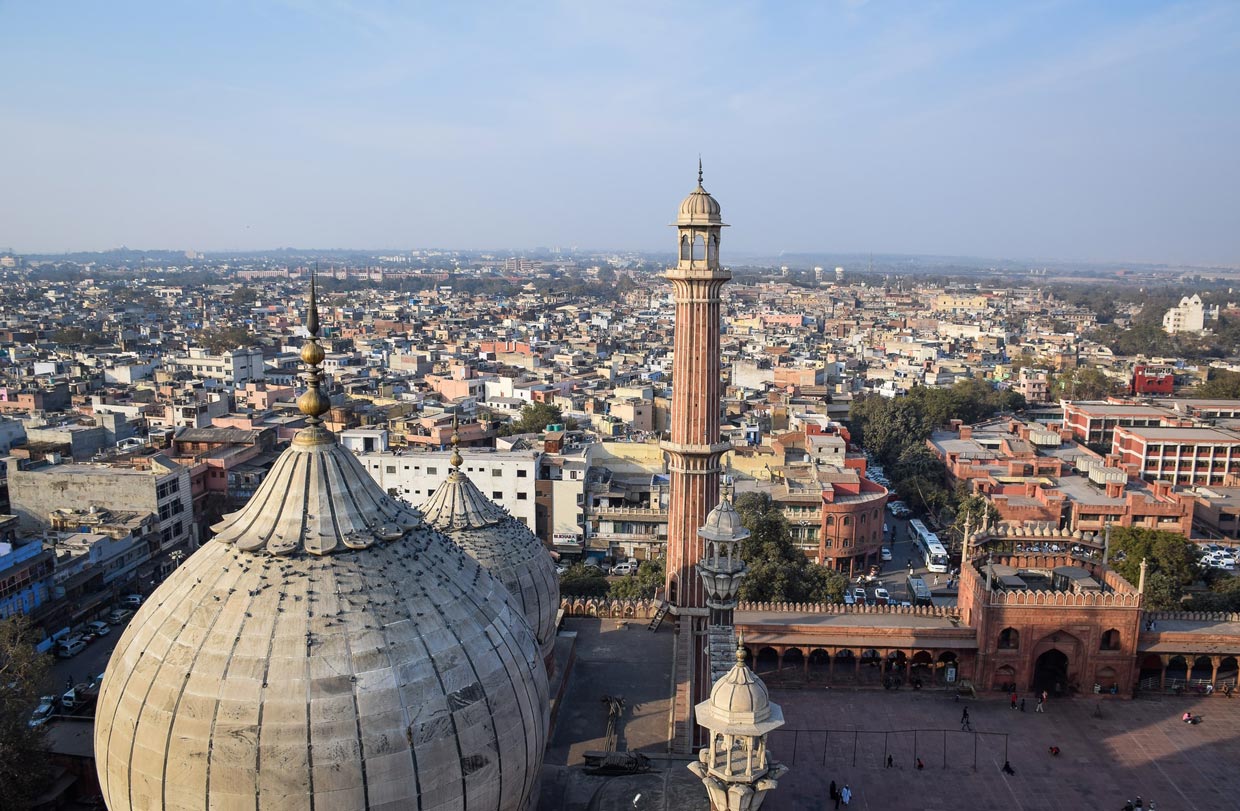
Day 4 to 7 in Agrau0026nbsp;
Agra is a city on the Yamuna river’s shores, in the Agra district of the Indian state of Uttar Pradesh. It is 206 kilometers (128 mi) south of the national capital New Delhi and the 24th most populous city in India. Among some of its most famous sights to discover are the Taj Mahal, Agra Fort, and Fatehpur Sikri. To enjoy what Agra has to offer in discovering India and its vast culture, we would recommend that you plan at least a 3-day stay in this beautiful city. This way, each day, you can visit one of Agra’s most famous locations and fully capture the beauty of India and Agra. While there, you can stay at The Oberoi Amarvilas Agra, a five-star hotel 13 km from the airport, with great accommodations such as; a luxurious room, free wifi, a spa, and a gym.
Taj Mahal
The Oberoi Amarvilas Agra hotel is only half a kilometer away from the Taj Mahal, Undoubtedly, the most famous monument in India, which is also the most known witness to the power of love. The name comes from Mumtaz Mahal, the beloved wife of Emperor Shah Jahan. Construction began on her death in 1631 and took 22 years to complete with 20,000 workers.
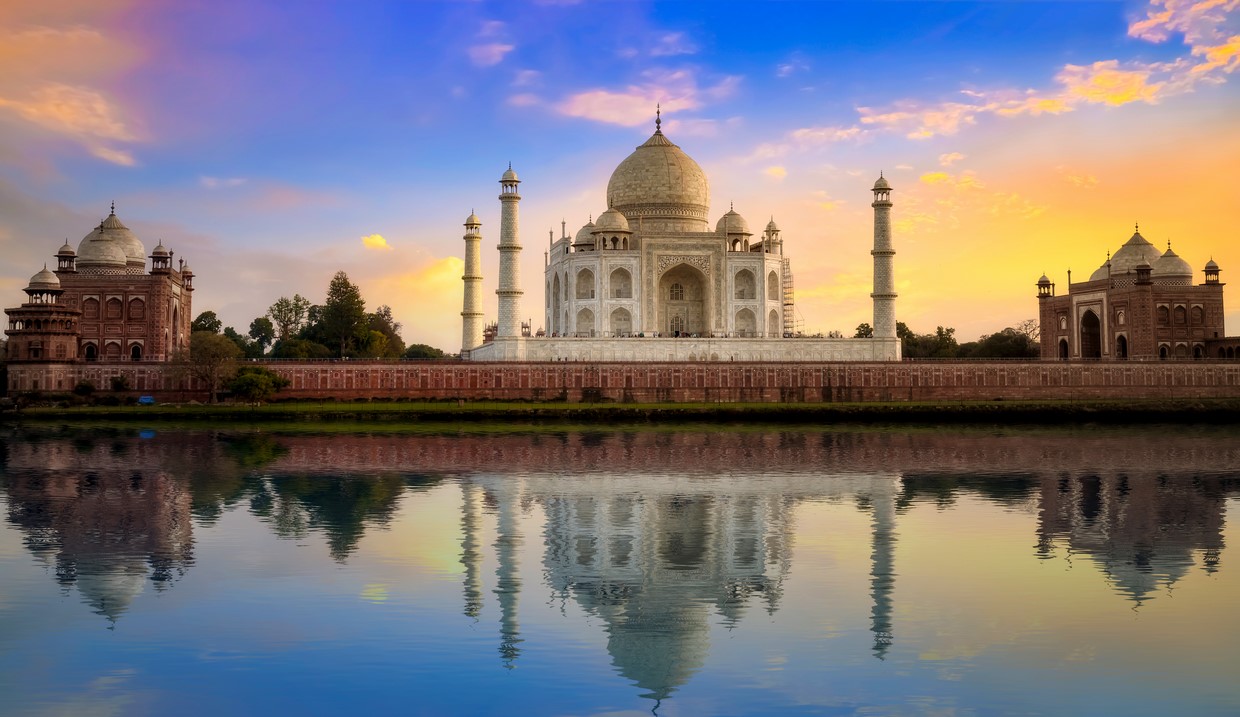
The Taj Mahal is made mostly out of white marble and decorated with delicate inlays of precious and semi-precious flowers and stones such as jade, azure, diamond, and pearl. Taj Mahal has many elements of Islamic designs in its structure, such as; arches, minarets, and onion-shaped domes, along with black calligraphy on the head. In one day you could visit this marvelous architecture and have enough time to discover all its beauty and enjoy your time there without being in a rush.
Agra Fort
On your second day in Agra, you can plan to visit Agra Fort. The Fort was a military building, built by Emperor Akbar in 1565, and Shah Jahan added some parts to the structure later on. This site is also a combination of Hindu and Islamic architecture and is only two kilometers away from the town. Amar Singh designed the interior of the castle, and the goal of the outer wall, which has a spiral design, was to mislead the enemy. Upon entering, you see two large interconnected buildings from sandstone, Akbari Mahal and Jahangiri Mahal, the largest private residences. So take your time there to discover what this Fort has to offer when it comes to history, architecture, and the art of war strategy.
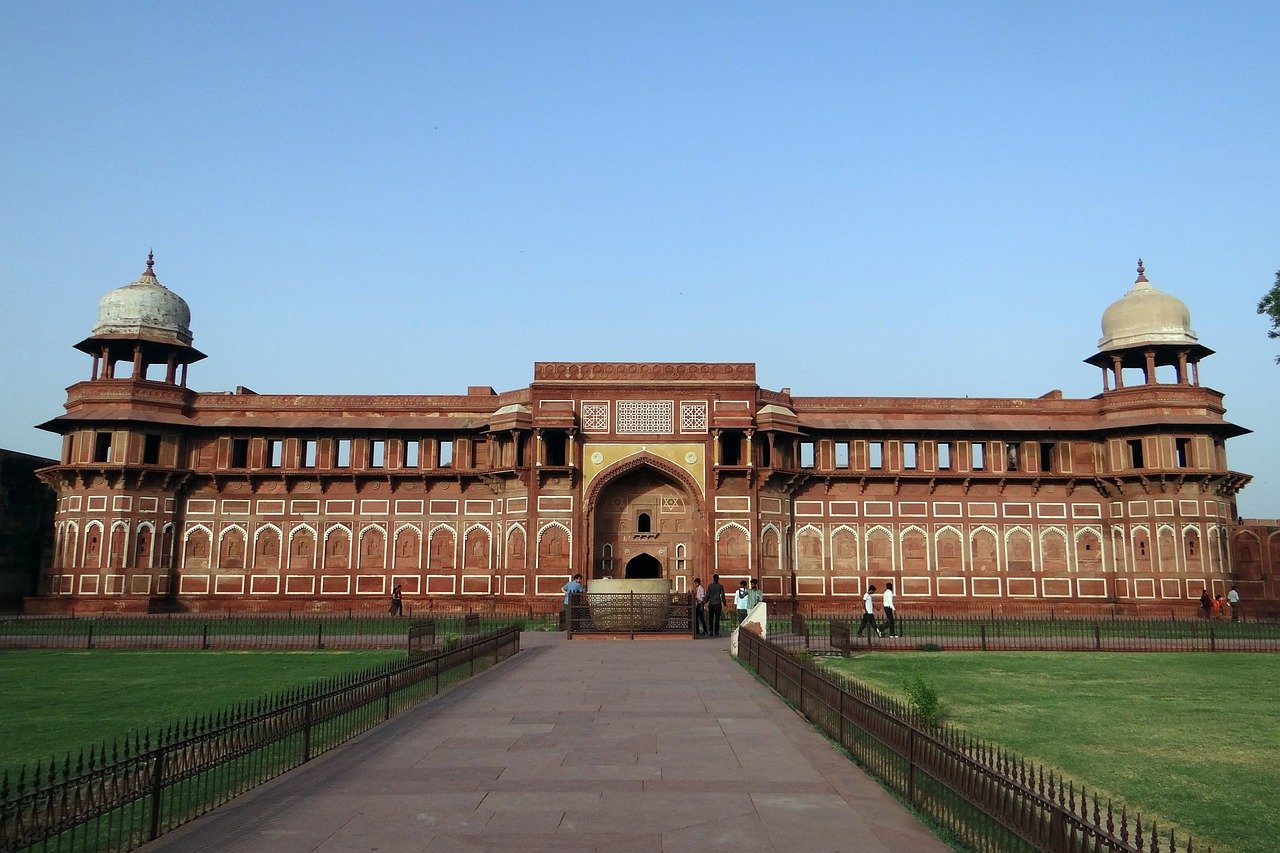
Fatehpur Sikri
In a part of the Agra region, there is Fatehpur Sikri city, once the flourishing capital of the Mongol emperor Akbar. It was abandoned in 1585 due to its proximity to the Rajputana region and its scarcity of water. The capital was relocated to Agra, and the city was left as a ghost town during antiquity. The purpose of building this city was that Akbar intended to honor a great Sufi, Sheikh Salim Chishti, and for this reason, all the buildings were constructed around his tomb.
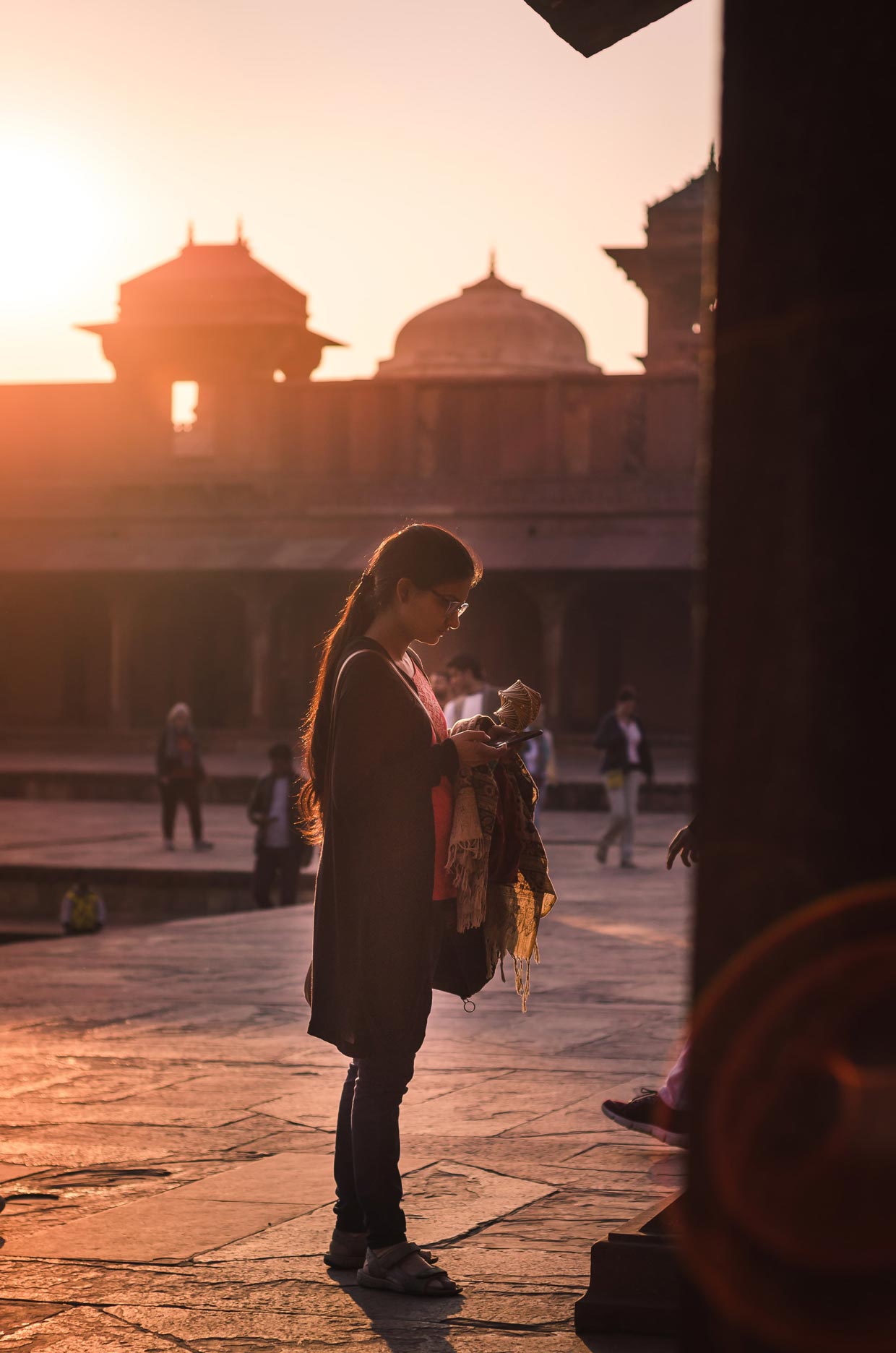
Today, it is known as one of the best-preserved examples of Mongol-era architecture in India. You would need at least a day to spend and discover it since this entire city is a goldmine of monuments to discover. A number of its most famous sights are; the central Mosque, Tomb of Sheikh Salim Chishti, Jadbay Palace (Maryam Al-Zamani Palace), Diwan-e-Khas (Diwan-I-Khas), and Buland Darwaza, also known as the long/big gate.
Day 7 to 9 Varanasi
One of the most celebrated Hindu shrines in India is the holy city of Varanasi, along the Ganges River, and one of the most important religious symbols. It is one of the oldest known cities and dates back to the eighth century BC. While in Varanasi, we recommend staying at the International Travelers Hostel. A 6-minute walk from Varanasi Junction railway station, this casual hostel is 4 km from both Dashashwamedh Ghat and Kashi Vishwanath Temple, known for its 18th-century gold-plated spire and sacred well. It is wise to plan to stay three days in Varanasi for a prosperous experience.
Around the River
On your first and second day visiting Varanasi, you can explore the old quarter along the Ganges River and see the Kashi Vishwanath Temple. The new Vishwanath Temple is also interesting with its seven separate temples. For entering the Ganges River, there are many places called Ghats, which are a series of steps that lead into the river. Varanasi has more than 100 Ghats, the largest of which are Dasashvamedh Ghat and Assi Ghat. The latter is located at the confluence of the Ganges and Asi rivers and is considered particularly sacred.
Culture Time!
On the third day of your journey to discover India while in Varanasi, make sure you take a look at the Banaras Hindu University and Bharat Kala Bhavan Museum. Banaras Hindu University was founded in 1917 and is known for its massive library, containing over one million books. The Bharat Kala Bhavan Museum is also worth a visit with its fine collections of miniature paintings, sculptures, palm-leaf manuscripts, and local history exhibits, and you can squeeze in visiting both locations in one day.
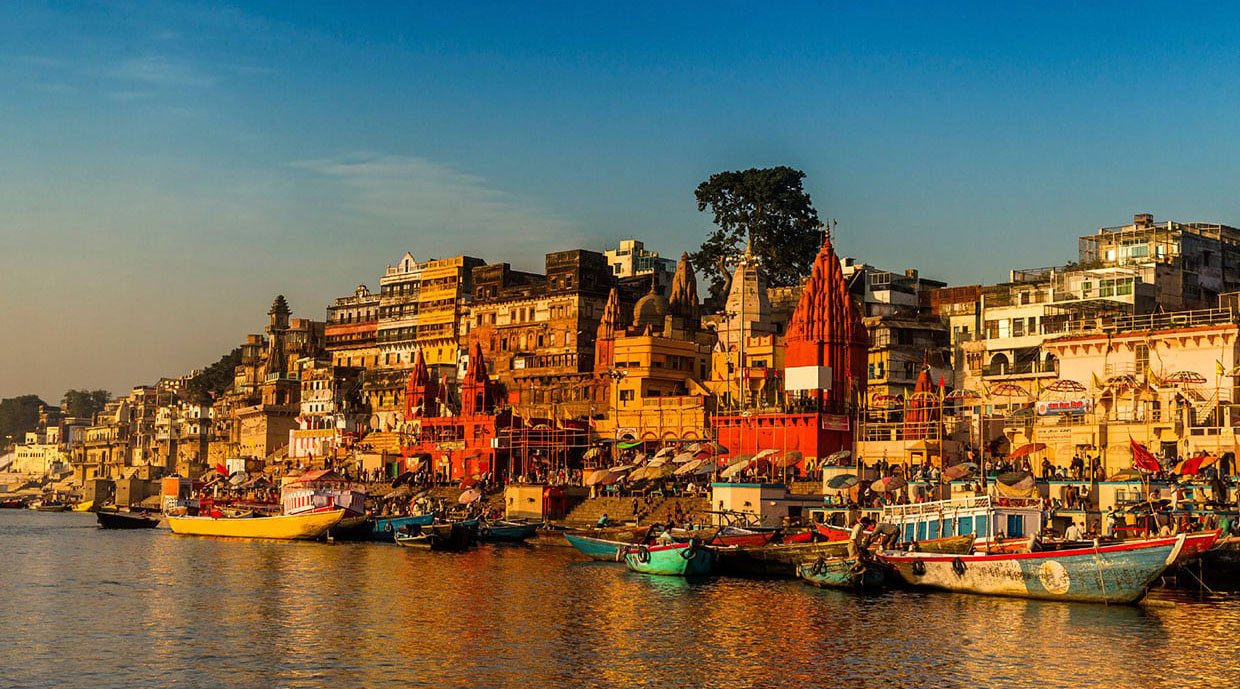
Day 9 and 10 in Mumbai
Mumbai, formerly known as Bombay, is a densely populated and the largest city on India’s west coast. On the Mumbai Harbour waterfront stands the iconic Gateway of India stone arch, and offshore, close to Elephanta Island there are ancient caves that used to be temples dedicated to the Hindu god Shiva. It is also famous as the heart of the Bollywood film industry, and it is best to assign two days to discover the wonders of it. The Taj Mahal Palace is where you would want to stay while in Mumbai, opposite the Arabian Sea; this luxury hotel is only about a 6-minute walk from India’s Gateway and 3 km from the bustling Marine Drive.
The Gateway of India
With a length of 26 meters overlooking the Arabian Sea, The Gateway of India was constructed in 1911 in honor of King George V and his wife, Queen Mary. And in 1924, as the tallest building in the city, it was opened in the most luxurious ceremony. It is made of yellow basalt and concrete and is famous for its Indian-Saracenic design. This gate, in 1948, was witnessing the British troops parade when India attained its independence. Today, the arched passage of the Indian gate has a beautiful landscape that is popular among locals and tourists, and you can explore it in a day.
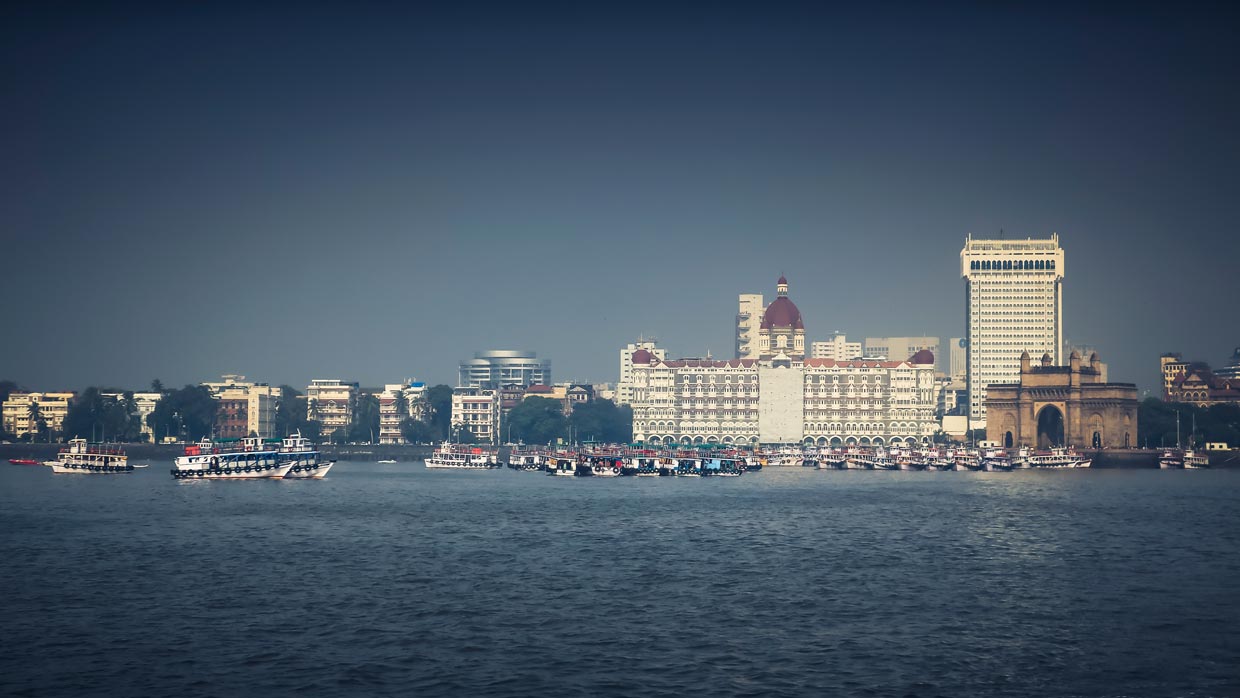
Ellora’s cavesu0026nbsp;
To fully discover Ellora’s cave, you should plan for a full day at this site. Buddhist, Jain, and Hindu monks made These caves. If you go from Mumbai, about 300 kilometers west, you will have a recreational journey to these caves. Currently, this collection of 34 monastics and engraved temples is one of the UNESCO World Heritage sites.
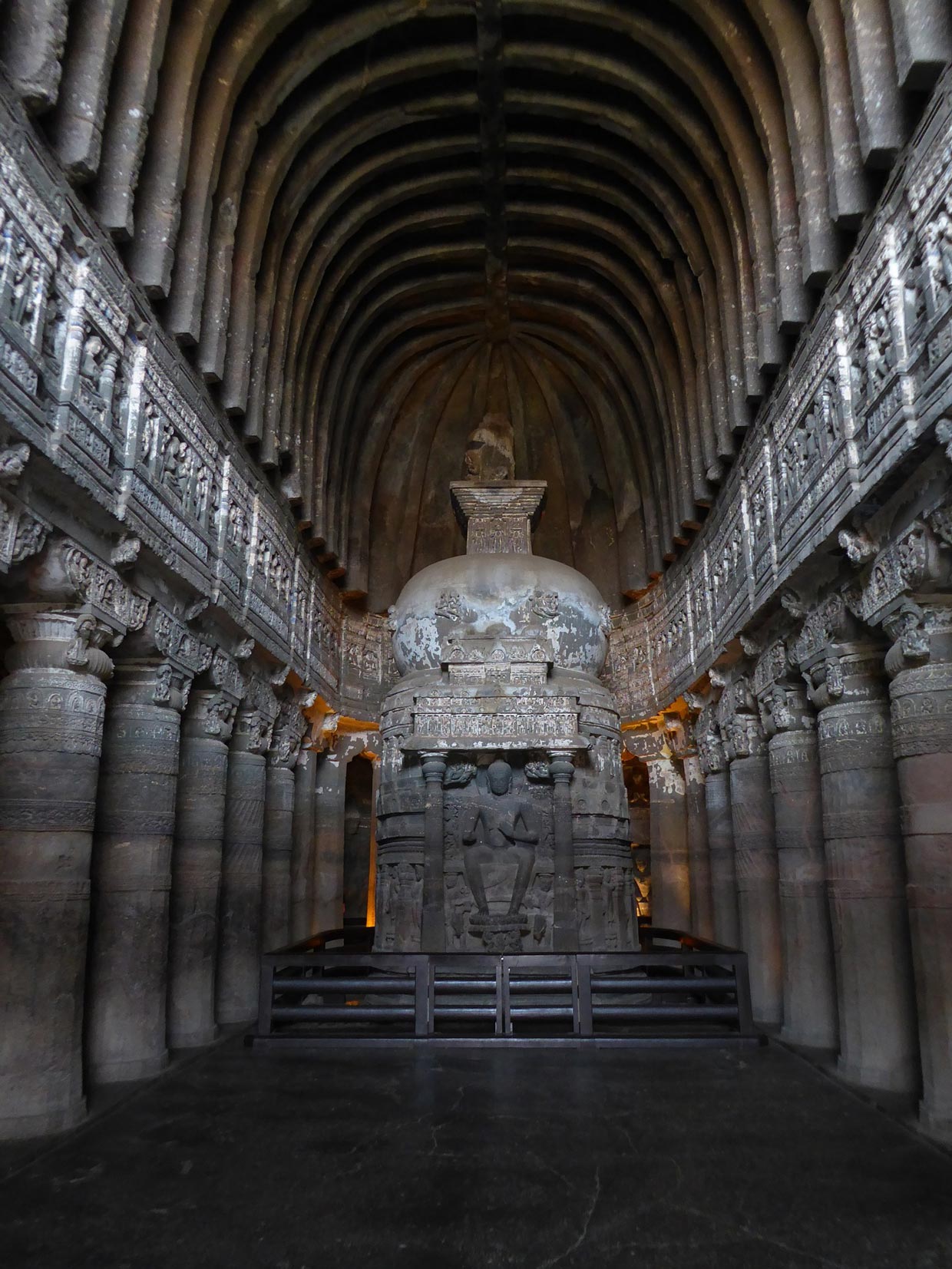
To be precise, 12 of these temples are Buddhist, 17 are Hindu, and 5 belong to the Jain religion. They are built alongside each other, indicating a religious tolerance at the time of India. The interesting points of the Buddhist monastery caves are several carved shrines of Buddha and Qazis in the centuries 5 to 7 and Carpenter’s stunning cave. It is one of the best examples of this style of carving in India. Hindu caves are much more complicated and were drafted from the top, so scaffolds are not needed.
Day 11 and 12 in The Periyar National Park in Madurai
One of the most popular tourist attractions in southern India, the Periyar National Park, is located around the lake and was built by British engineers in Madurai in 1895. This beautiful park, founded in 1934, has many species of mammals, including Indian elephants, boars, and more than 20 Bengal tigers. Watching Birds is a popular activity, and you can see many species like Margarion, Lakk, Fish, HornBill, Rocket Bojanghi, and many types of butterflies. The best way to enjoy the mountain views while in The National Park is to travel to the lake or forest with a guide. The latter option allows you to face the herd of elephants and see other wildlife species from guard towers. And make sure to visit one of the coffee, tea, or spice fields nearby. For this visit, we would recommend at least two days, so you be able to leisurely explore the wonders of this national park and its inhabitants.
Day 13 and more on Goa Beach
When it comes to beaches, you cannot put a deadline on the amount of time you should spend there, so ultimately, it is up to you to decide how many days you will spend discovering what it’s like to explore and enjoy your time at the beach. Goa Beach is the best destination for the coastal holiday, but recently tourists have also discovered it. The western coastline of Goa is the Arab Sea, and more than 60 miles away from the coastline, there are the most beautiful beaches in the world, each of them with its specific and unique features.
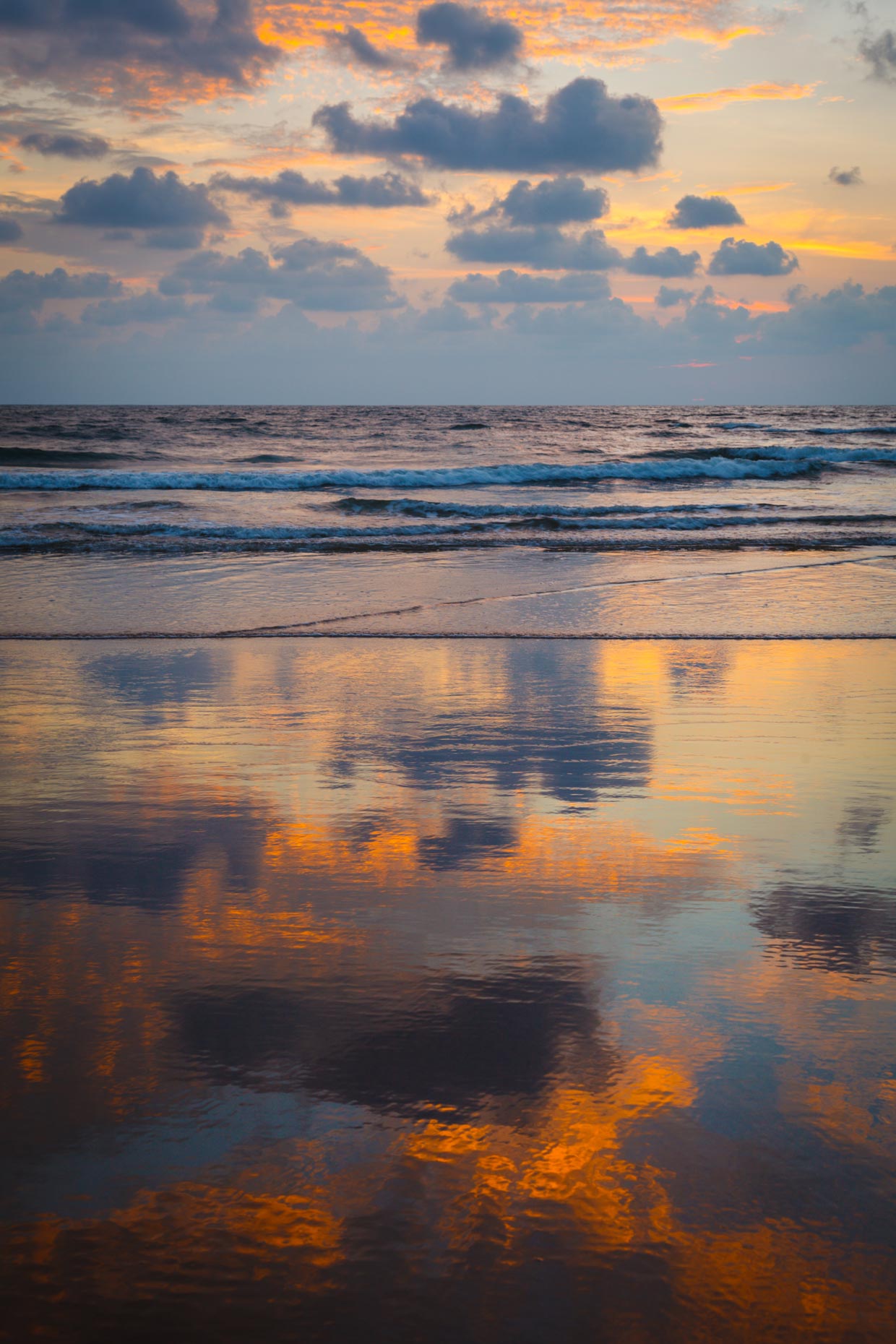
If you are looking for peace and silence, the Augonda coast is a fantastic choice. But Calangute Beach is busier with more business. If you are looking for fashionable residences, yoga, and hot springs, popular among wealthy and Western Indians are Mandrem, Morjim, Ashwem, and, Palolem is also another well-known and beautiful beach. When you are in Goa, remember to visit the Bhagwan Mahavir wildlife shelters. These shelters are massive houses of organisms such as; deer, monkeys, elephants, leopards, tiger black eyelid the famous Indian King Cobra, and 200 bird species.
How Did You Do It?
Have you ever been to India? What was your plan like? Having known about the destination can be a better idea when you want to discover a place. This time we wanted to discover India, and every day of this discovery had a lot to do. If you have ever been to this country, let us know about the way you experienced this journey.

